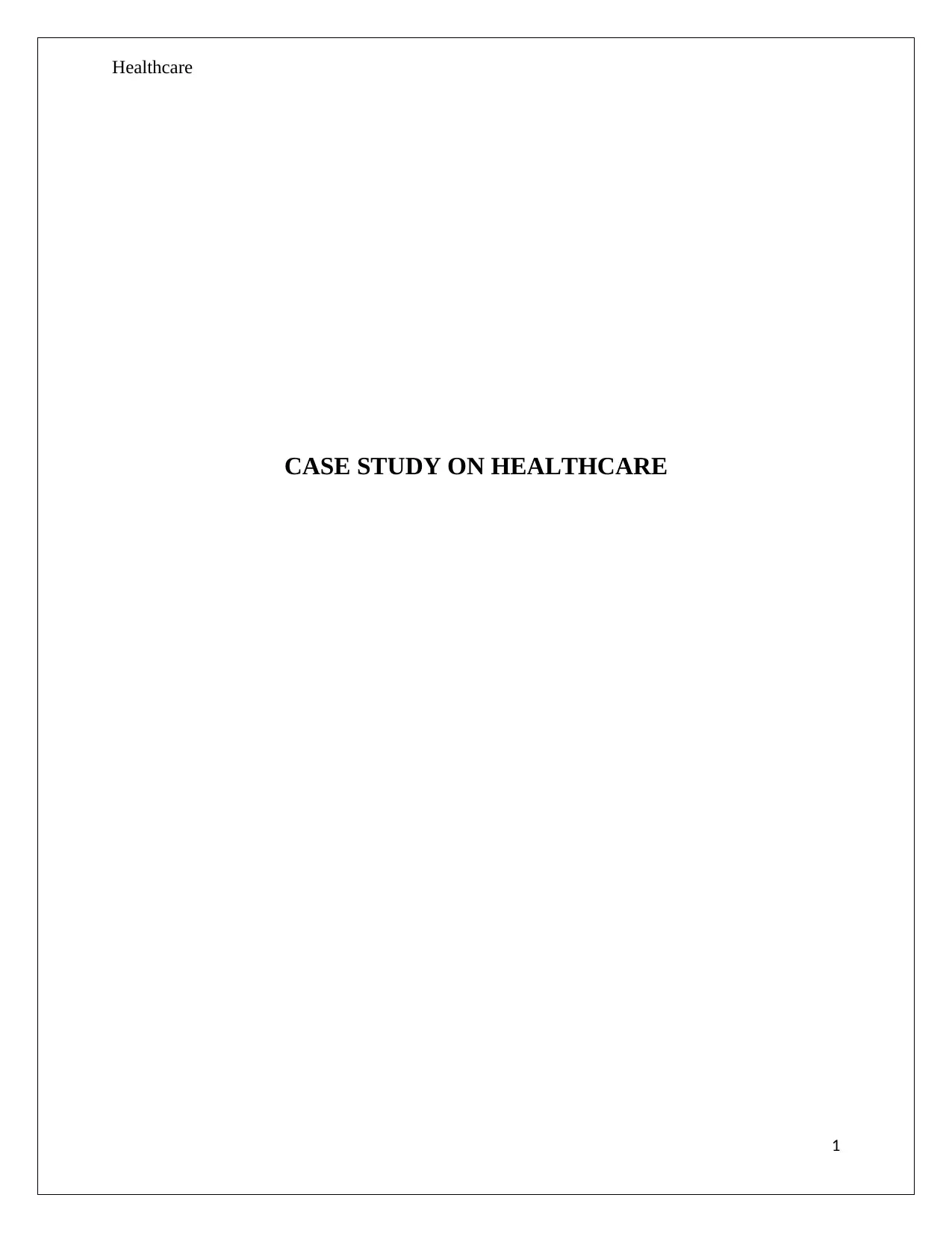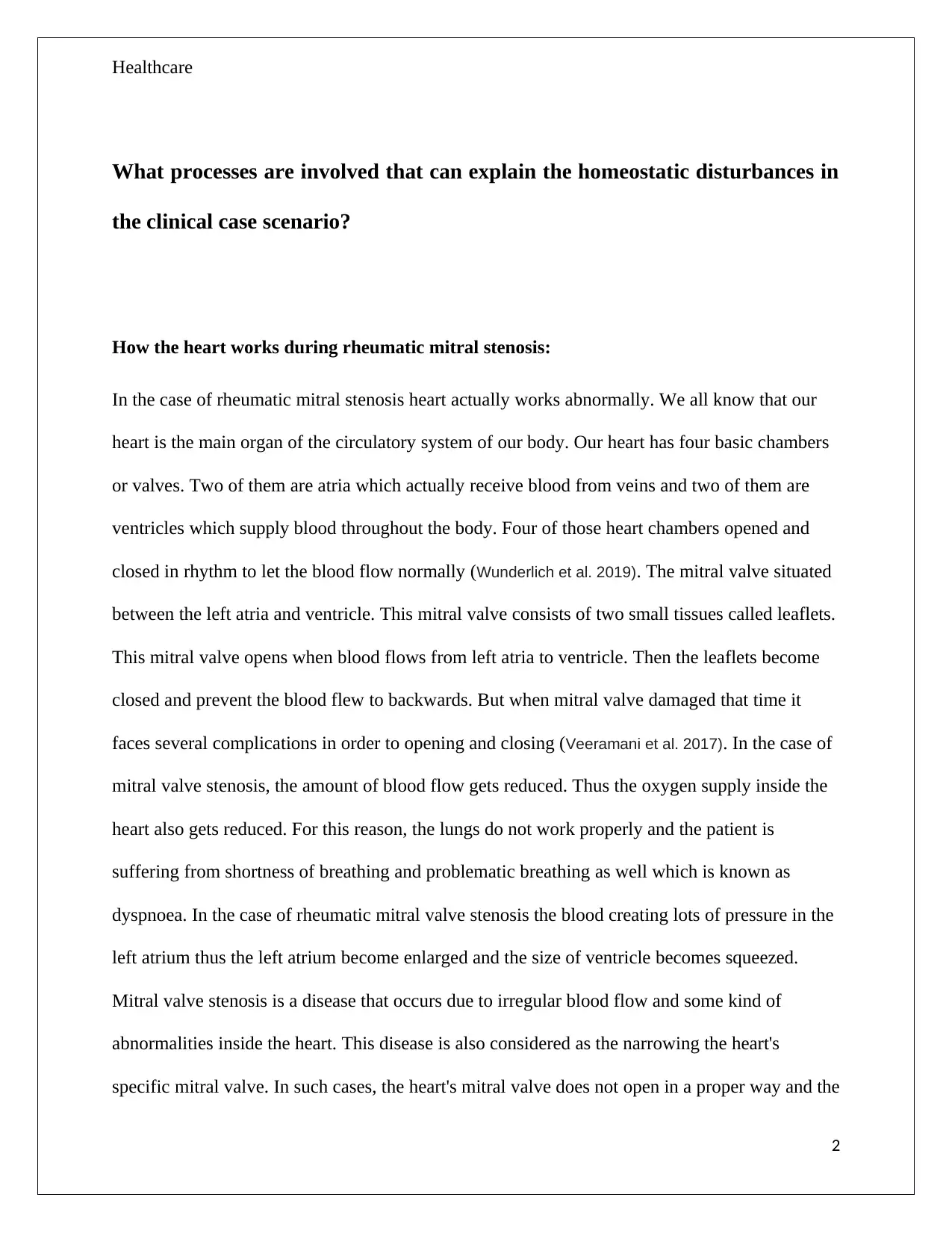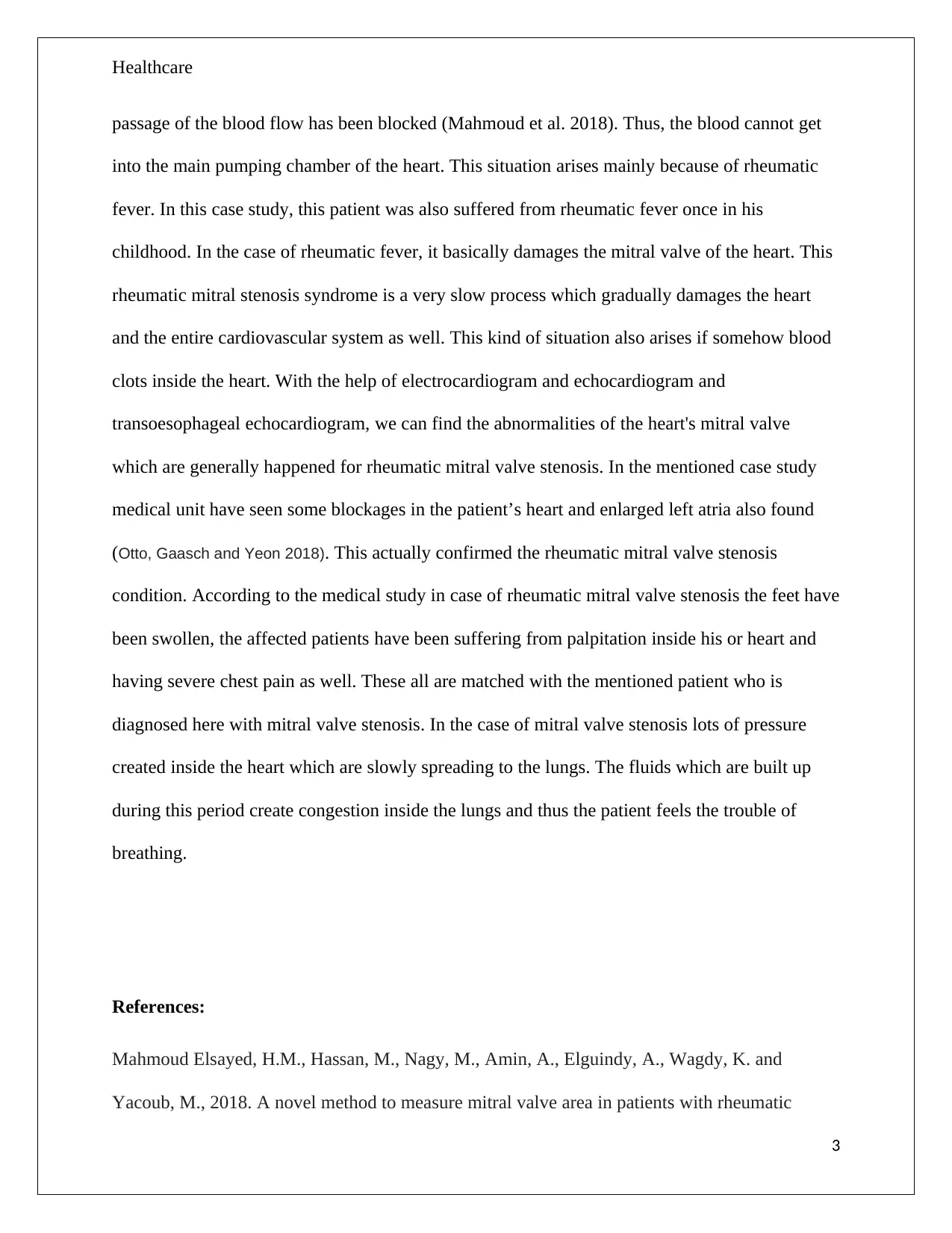Mitral Stenosis Case Study: Homeostatic Disturbances Explained
VerifiedAdded on 2022/11/14
|4
|805
|151
Case Study
AI Summary
This case study presents a 30-year-old male with a history of rheumatic fever, now experiencing exertional dyspnea, orthopnea, and lower limb swelling, indicative of rheumatic mitral stenosis. The patient's history includes intravenous drug abuse. Physical examination revealed an irregular pulse, edema, and an enlarged liver. Cardiovascular examination showed a loud first heart sound, opening snap, and mid-diastolic murmur. Laboratory studies confirmed severe rheumatic mitral stenosis via electrocardiogram and echocardiography. The assignment explores the homeostatic disturbances associated with this condition, including the mechanics of the heart, the impact of the damaged mitral valve, and the resulting physiological responses such as reduced oxygen supply, increased pressure in the left atrium, and congestion in the lungs. The study highlights the importance of understanding the disease process, symptoms, and diagnostic methods, and offers a comprehensive overview of the patient's condition and its implications.
1 out of 4











![[object Object]](/_next/static/media/star-bottom.7253800d.svg)